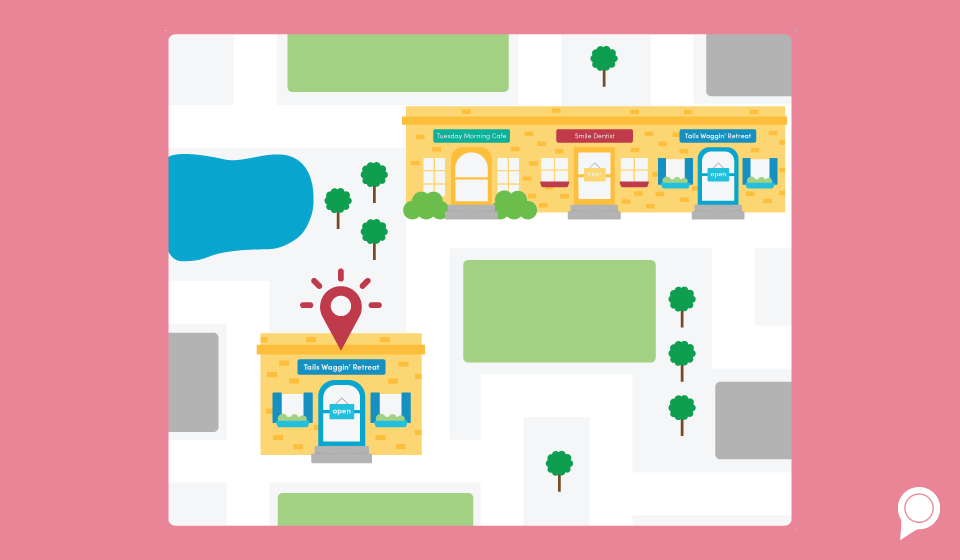

Multi-location brands and franchises are at a higher risk for market cannibalization and paid ad competition than other business models. Market cannibalization is the phenomenon that happens when businesses target the same location or customer group. The ads compete with each other resulting in customer overload, lower conversion rates, and an overall ineffective paid advertising campaign.
Brands with multiple locations are at a higher risk for this cannibalization because their locations could be within a few miles of one another and their ads may compete and render them unsuccessful.
However, leveraging geofencing technology can help franchises and multi-location brands avoid market cannibalization and create productive paid advertising campaigns!
Advertising cannibalism, or market cannibalization, occurs when a company's own marketing efforts are unintentionally competing with one another. This competition leads to unprofitable advertising campaigns, wasted resources and ineffective data for future campaigns.
One common example of advertising cannibalism is when a company runs multiple paid ad campaigns for the same product or service, targeting the same audience. These campaigns may use different messaging, creatives or channels but ultimately end up competing and bidding against with one another for the same customers and placements. This can confuse potential customers, waste ad budgets, and ultimately lower conversion rates and engagement.
Geofencing your business’s Google or Facebook ads can help prevent location-based ad cannibalism and improve your brand’s overall paid advertising strategies.
Ad geofencing is a location-based paid advertising strategy. It uses GPS, Wi-Fi, and cellular data to pinpoint a user's location within a predefined, or “fenced” area. These virtual geographic boundaries allow multi-location brands and franchises to directly dictate where their ads are shown so that they don’t overlap. They also enhance marketing budget since geofencing targets local customers who are higher quality leads than non-local customers.
Once a user enters the geofenced area, they can be targeted with ads on their mobile devices. These ads can be delivered as display ads, push notifications or even text and SMS messages. Geofencing technology gives digital marketers the ability to target hyper specific audiences. For example, a retailer could set up a 5-mile radius geofence around their store and target customers who are currently in the area with special promotions or discounts. This can increase foot traffic and drive sales.
As with any paid advertising strategy, geofencing allows businesses to track user engagement and behavior such as the number of clicks, conversions and visits to their physical location. This data can be used to refine the campaign and optimize future efforts.
Ad geofencing can be used in a variety of industries, including retail, hospitality, and real estate. For any industry or company with multiple sites, geofencing is an essential tool to maximize budget and avoid cannibalization.
Ad geofencing can have a significant impact on multi-location brands and franchises. Here are a few ways ad geofencing can benefit these types of businesses:
Overall, ad geofencing can be a powerful tool for multi-location brands and franchises. It can help them reach more customers, increase foot traffic, achieve a higher ROI on their advertising spend and prevent market and ad cannibalism.
Multi-location brands and franchises have unique paid advertising and digital marketing needs. RevLocal understands these specific needs and creates localized and scalable digital marketing solutions for businesses with multiple sites and locations. To learn more about how we can help your brand, contact us for a free consultation!
Subscribe to our email list to get the latest digital marketing content delivered to your inbox each week!